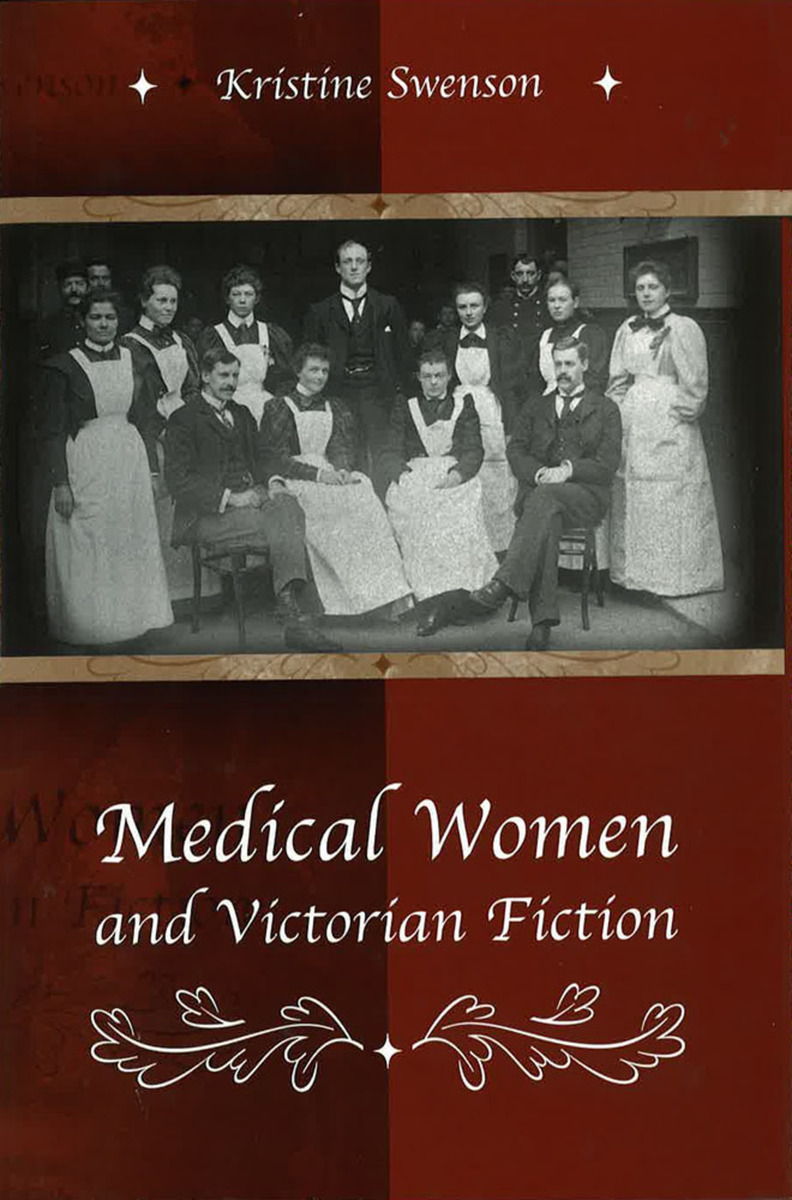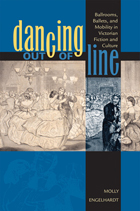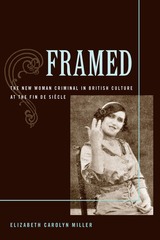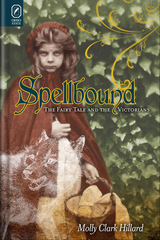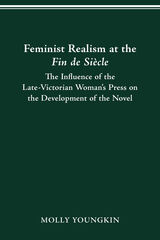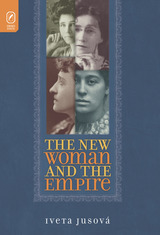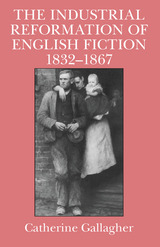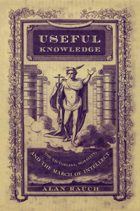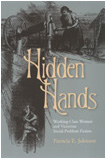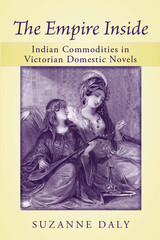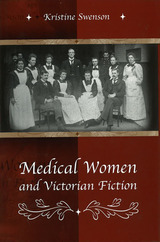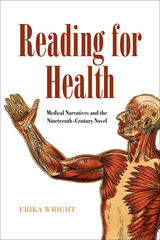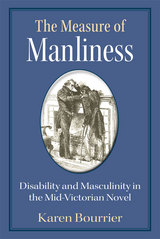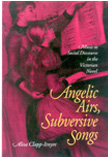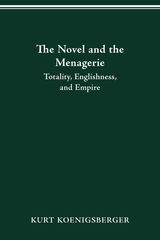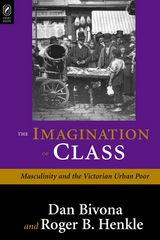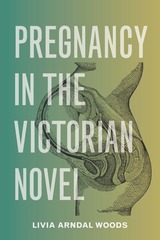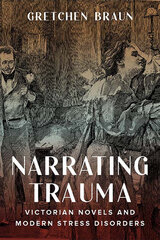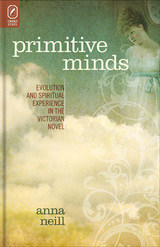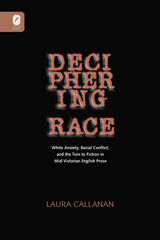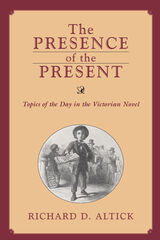Medical Women and Victorian Fiction
University of Missouri Press, 2005
Cloth: 978-0-8262-1566-6 | eISBN: 978-0-8262-6431-2
Library of Congress Classification PR878.M42S94 2005
Dewey Decimal Classification 823.8093561
Cloth: 978-0-8262-1566-6 | eISBN: 978-0-8262-6431-2
Library of Congress Classification PR878.M42S94 2005
Dewey Decimal Classification 823.8093561
ABOUT THIS BOOK | AUTHOR BIOGRAPHY | REVIEWS | TOC
ABOUT THIS BOOK
In Medical Women and Victorian Fiction, Kristine Swenson explores the cultural intersections of fiction, feminism, and medicine during the second half of the nineteenth century in Britain and her colonies by looking at the complex and reciprocal relationship between women and medicine in Victorian culture. Her examination centers around two distinct though related figures: the Nightingale nurse and the New Woman doctor. The medical women in the fiction of Elizabeth Gaskell (Ruth), Wilkie Collins (The Woman in White), Dr. Margaret Todd (Mona McLean, Medical Student), Hilda Gregg (Peace with Honour), and others are analyzed in relation to nonfictional discussions of nurses and women doctors in medical publications, nursing tracts, feminist histories, and newspapers.
Victorian anxieties over sexuality, disease, and moral corruption came together most persistently around the figure of a prostitute. However, Swenson takes as her focus for this volume an opposing figure, the medical woman, whom Victorians deployed to combat these social ills. As symbols of traditional female morality informed and transformed by the new social and medical sciences, representations of medical women influenced public debate surrounding women’s education and employment, the Contagious Diseases Acts, and the health of the empire.
At the same time, the presence of these educated, independent women, who received payment for performing tasks traditionally assigned to domestic women or servants, inevitably altered the meaning of womanhood and the positions of other women in Victorian culture. Swenson challenges more conventional histories of the rise of the actual nurse and the woman doctor by treating as equally important the development of cultural representations of these figures.
See other books on: English fiction | Literature and medicine | Medicine in literature | Physicians in literature | Victorian Fiction
See other titles from University of Missouri Press
